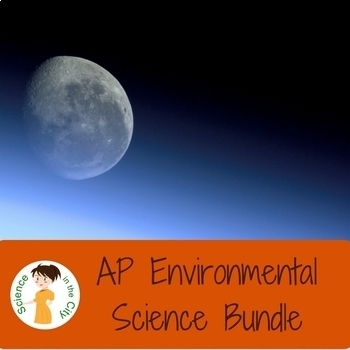AP Environmental Science Bundle
- Zip
Products in this Bundle (3)
Description
NEW TO TEACHING AP ENVIRONMENTAL SCIENCE and not sure where to start? FEELING OVERWHELMED? Do you need help figuring out how to organize your course and what to cover? This bundle is designed to help you get started. It includes my College Board approved Syllabus, Curriculum Overview and Resource List, and Discussion Questions which are a great starter activity.
You may also be interested in:
Succession Storyboard Assignment
Ecohome Environmental Science Project
Living World Smartboard Senteo Review
★★★★★★★★
Don't forget that leaving feedback earns you points toward FREE TPT purchases.
Also, follow me and be notified when new products are uploaded.
Please feel free to contact me with any questions.
★★★★★★★★★★★★★★★★★★★★★
JOIN ME:
Science in the City Blog | Instagram | Pinterest | Facebook





